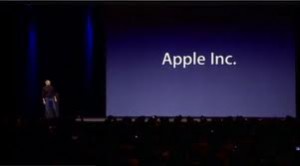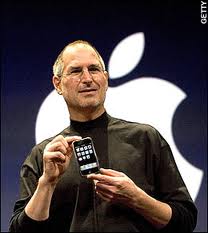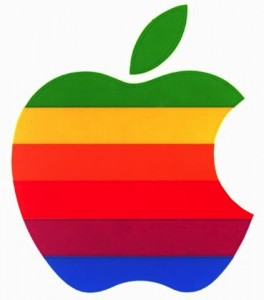Apple
Apple Ships Intel Inside
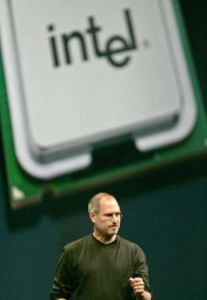
Seven months after announcing that Macintosh computers will transition from PowerPC to Intel, the first Apple computers to ship with Intel processors are released. The Intel-based iMac and MacBook Pro models will soon be followed by the rest of Apple’s Macintosh line in 2006. The importance of this transition can not be overlooked, as it enabled a level of compatibility with Windows computers never before possible. Through virtual machine software or Apple’s later introduced Boot Camp technology, people could run Windows software directly on their Macs at the same speed as a Windows based computer. This effectively removed a huge roadblock many people had to owning a Macintosh computer, even if it was more of a psychological security-blanket for many.
Apple – Not Just For Computers Anymore
After introducing the iPhone, Steve Jobs announces that Apple Computer, Inc. has dropped the “Computer” from its official name and will now be known simply as Apple, Inc. This move is to signify that Apple has expanded their scope of products from what have been traditionally defined as computers. Still, old habits die hard and many people continue to add the “computer” part when talking about Apple.
Apple Introduces iPhone
Apple introduces the iPhone at Macworld. The phone wasn’t available for sale until June 29th, prompting one of the most heavily anticipated sales launches in the history of technology. Apple sold 1.4 million iPhones in 2007, steadily increasing each year to sell over 230 million in 2015 alone.
Apple Introduces iTunes
Steve Jobs introduces iTunes at Macworld. At the time, it only ran on Macintosh computers and there was no such thing as an iPod or an iTunes Store. I don’t think anyone at the time knew what a big deal iTunes was about to become. The graphic shows the evolution of the iTunes icon from top left to bottom right.
iPod Mini Introduced
January 6, 2004
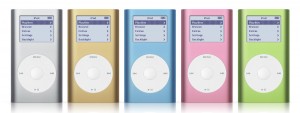 Apple Computer introduces the first variation of the iPod line, the iPod Mini. The iPod Mini began the trend for Apple to introduce smaller iPods that were (often) cheaper but could hold just as many (or more) songs than the previous generation larger iPods. As the underlying technology improved, such as the availability of the smaller hard drive in the iPod mini and eventually affordable flash storage in the future iPod Nano, Apple continued to push iPod technology forward ensuring that they remained the dominant force in the digital audio player market.
Apple Computer introduces the first variation of the iPod line, the iPod Mini. The iPod Mini began the trend for Apple to introduce smaller iPods that were (often) cheaper but could hold just as many (or more) songs than the previous generation larger iPods. As the underlying technology improved, such as the availability of the smaller hard drive in the iPod mini and eventually affordable flash storage in the future iPod Nano, Apple continued to push iPod technology forward ensuring that they remained the dominant force in the digital audio player market.
Mac OS X Introduced
Steve Jobs unveils Mac OS X for the first time, declaring another computing revolution was on its way. It was certainly a revolution for Mac users at the time, and has lead the way for a resurgence of Apple in the marketplace. As Mac OS X is the basis for the iOS that runs the iPhone, iPod Touch, and iPad, it certainly seems that Mac OS X has revolutionized computing even in ways Steve Jobs may have not fathomed at the time … or did he?
Apple Computer Grows Up
January 3, 1977
Less than one year after its founding, the world’s first personal computer company, Apple Computer, Inc. is incorporated. Pictured is the original Apple Computer, Inc. logo from 1977. The “Rainbow Apple Logo” was used through 1999.
Apple Passes $500 Billion Valuation
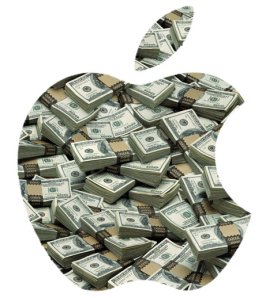
The stock value of Apple, Inc. surpasses $500 billion, setting a new record for the company which was already the world’s most valuable company at the time. This day marks a milestone on the historic run for the company from near-bankruptcy in the 1990’s to one of the most, if not the most, dominant technology company in recent history. Apple would later become the first company in history to surpass $700 billion in value in February 2015.

